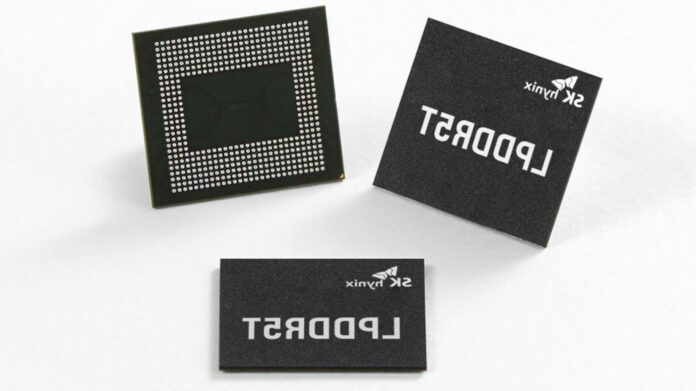SK Hynix, worldwide leader in semiconductor and DRAM technology has announced that it will provide LPDDR5T to smartphone manufacturers. The LPDDR5 version of the TTB was revealed in a press release, and now it comes out as part from one further improvement to that standard called “Low Power Double Data Rate” which brings performance up 9.6 gigbits per second per-in (or 8.8.
That means that SK Hynix successfully achieved the fastest implementation of LPDDR5 (and this could even be last iteration before we start seeing new versions). SK Hynix thinks this is far from the LPDDR5 standard, in fact it claims that “acquiesced to the seventh generation (5X) before being developed for 8th and 8 days’ of production.”
A full 16-GB package of LPDDR5T allows us to get 77 or so. data is stored in the range 1,01-1,12V and could be processed simultaneously while being held for close use as it turns into a maximum voltage value1. This is slightly higher than the standard of 1.1V core voltage set for 3DDR5 and 5X by JEDEC (Joint Electron Device Engineering Council), but now in highly critical value.
For now, LPDDR5T’s only confirmed implementation is via Vivo’ll upcoming and new iPhone. And soon from the latest LG S700, in addition to the smartphone with a tablet named Micro-Ita, it will have an advanced software upgrade built on its own hardware. According to Myoungsey Park, VP of Hynix International, “Smartphone technology is becoming more essential devices in the application platform for C-SX. The demand for advanced mobile DRAM with high performance features will grow by LPDDR5T”.
I’m not expecting a new computer. LPDDR5T has already passed up with Qualcomm’s Snapdragon chips, which are much more competitive than MediaTek.
Since SK Hynix states they achieved compatibility with all major global partners, we’ll probably see this next generation of mobile DRAM on most flagship smartphones until LPDDR6 anyway.
